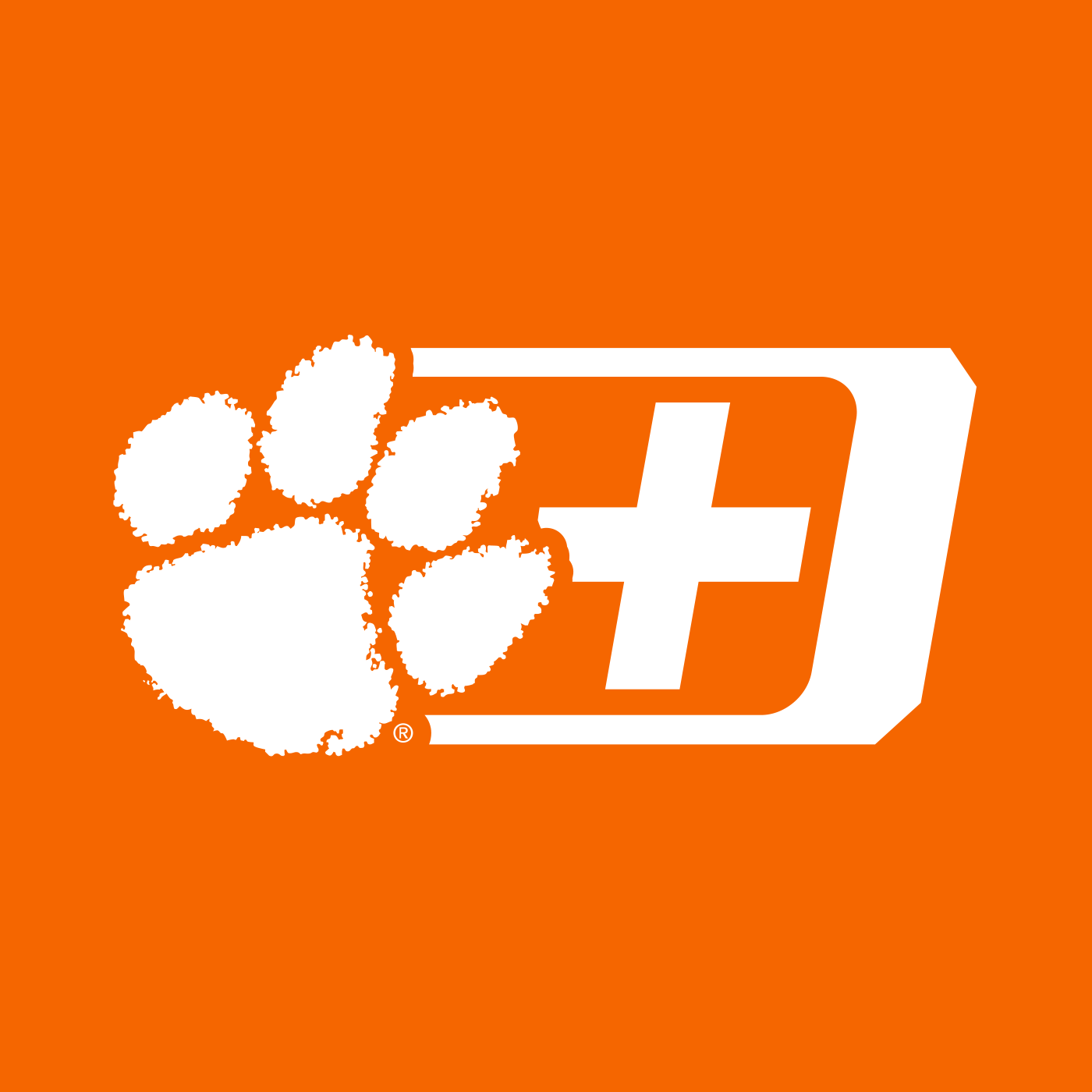(Note: Fred Cone is rehabilitating from a broken hip after a fall. He is doing well. His address is Fred Cone, 111 Elizabeth Lane, Pickens, SC 29671)
By Sam Blackman
It is perhaps the most unusual story concerning an athlete’s journey to Clemson in school history. Fred Cone was visiting his sister in Biloxi, Miss., far from his hometown, a small place called Pineapple, AL. Unbeknownst to Head Coach Frank Howard, Cone’s sister lived next door to Howard’s sister, Hazel, in Biloxi. On years when Clemson would play Tulane in New Orleans, Howard would send Hazel a pair of tickets. ”One year she asked for two more tickets,” Howard remembered, “and said she’d like to take her next door neighbor to the game as well.” That was in 1946, Cone’s senior year in high school. Howard remembers that after Cone graduated, Hazel wrote him and said: “Brother, I have you a good football player, but he’s never played football.” Howard recalled that he had told the Clemson registrar to save him 40 beds in the barracks and that he would turn in that many names on September 1st. “When Hazel wrote me about Fred Cone, I had 39 names on that list. So, I just wrote ‘Fred Cone’ in as the 40th name and that was that,” Howard recalled. “And that’s how I got probably one of the best, if not the best, football player I ever had.” Howard should have made his sister recruiting coordinator. Cone graduated from Moore Academy in Pineapple and came to Clemson in 1947 as a freshman, but first-year players were not eli¬gible to play then. It was probably best for Cone because he had not played high school football. He needed a year to get acclimated. When Cone became eligible for the varsity team in ‘48, the football program took on a different air. In the second game of 1948 against NC. State, Cone had the first of his eight 100-yard career rushing games, leading Clemson to an important victory. He was Clemson’s top rusher (635 yards and seven touchdowns) that season, a regular season that saw Clemson complete a perfect 10-0 record and an invitation to the Gator Bowl in Jacksonville, Fla. against Missouri. Clemson won the thriller 24-23. Cone rushed for 72 yards and scored twice in the first quarter, but it was his effort on a fourth-down play late in the contest that was the difference in the game. Of all the thrills that Howard had as a play¬er at Alabama and as an assistant coach and head coach at Clemson, Cone is involved in the play that stood out in Howard’s mind the most, and it was against Missouri in the Gator Bowl. Clemson held a one-point lead and faced a fourth-and-three at the Mizzou 45. It was either gamble for a first down, or punt and give Missouri another chance to score. As Howard would later say, “We hadn’t stopped them all day, so I took my chance with a run¬ning play.” Cone hit a stone wall at left tackle, but kept digging and slid off a little more to the outside, found a little wiggling room, and mus¬tered six yards and a first down at the Missouri 39. Clemson retained possession those few remaining minutes and ran out the clock. Despite a down year for the Tigers in 1949, Cone gained more yards (703) rushing and scored more touchdowns (8) than his sophomore year. In 1950, The Tigers enjoyed anoth¬er undefeated season; the only scar was a 14-14 tie with South Carolina. Cone had his third 100-plus-yards rushing game (in four contests) and scored twice against the Gamecocks, but South Carolina’s Steve Wadiak was unstoppable that day, out-gaining the entire Clemson team with 256 yards rushing. However, Cone played most of the game with a busted lip after taking a shot to the face by a USC defender. In those days, there were no facemasks on helmets, and just before halftime he was hit on the right side of his mouth as he went to cut on a running play. At halftime the team doctor sewed him up without the help of any novocaine, stitching him up with just a needle while Frank Howard was talking to the team. “It wasn’t too painful because I was too excited about the game,” Cone said. “In this game, you just didn’t feel pain.” The 1948 and 1950 seasons marked the only time in Clemson football history that there have been two undefeated seasons over a period of three years. Cone and Ray Mathews were the only common denominators in the starting lineup on those two teams. In 1950, Clemson scored 50 points in three different games, but Cone saved his best until the last regular season game against Auburn. Rumor had it that if Clemson scored over a certain number of points on Auburn that the Orange Bowl bid was in its pocket. The Tigers from South Carolina took the Tigers from Alabama, 41-0. Cone gained 163 yards, and scored three touchdowns on the ground, with his only pass reception of 28 yards, also being a touchdown. Icing on the cake this time came against Miami in the Orange Bowl. Sterling Smith’s tackle of Fred Smith in the end zone for a safety, late in the fourth quarter, brought a 15-14 victory Clemson’s way. Cone gained 81 yards on the ground, scored once, punted four times, and returned one kickoff. It put a great climax on Cone’s career. His number of carries (184), yards gained rushing (845), and touchdowns (15) were all school season records at the time. Also, he became Clemson’s first 2,000-yard rusher (2,183), and his career touchdowns (31) were also a school best, as were his 189 points scored. A seven-year career with the Green Bay Packers was so impressive that he was inducted into their Hall of Fame in 1974. He was also a member of the Dallas Cowboys in their first year of existence in 1960. Later he returned to Clemson as its chief football recruiter for 10 years beginning in 1961. Accolades have come Cone’s way over the years. He is a member of Clemson’s Athletic Hall of Fame and the State of South Carolina Athletic Hall of Fame. He is also a member of Clemson’s Ring of Honor. After Cone completed his Clemson career, Howard was still stumped as to how his sister could predict that her neighbor’s brother would be such an outstanding football player. When asked by Howard, she simply replied, “He just looked so athletic jumping off of a diving board at the local swimming pool,” Hazel said, without skipping a beat.
 Furman
Furman 
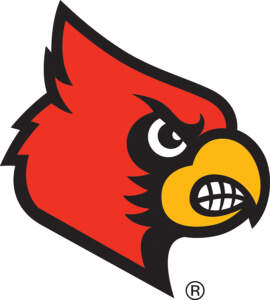 Louisville
Louisville  Syracuse
Syracuse  Florida State
Florida State  South Carolina
South Carolina ![No. 1/1 [1] North Carolina](https://clemsontigers.com/wp-content/uploads/2021/02/UNC-Logo_400x200.png) No. 1/1 [1] North Carolina
No. 1/1 [1] North Carolina 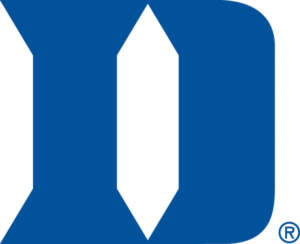 Duke
Duke 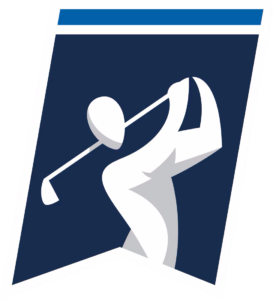 NCAA Regionals
NCAA Regionals 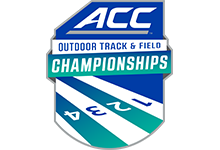 ACC Outdoor Championships
ACC Outdoor Championships 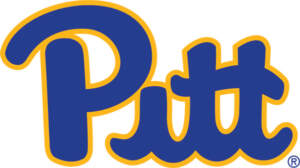 Pittsburgh
Pittsburgh  ACC Championship
ACC Championship  USC Upstate
USC Upstate  Northwestern
Northwestern  NCAA Preliminaries
NCAA Preliminaries  LSU
LSU 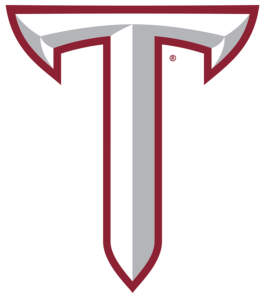 Troy
Troy 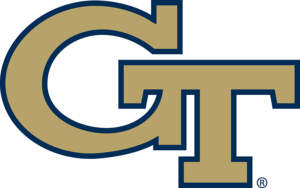 Georgia Tech
Georgia Tech  Syracuse
Syracuse 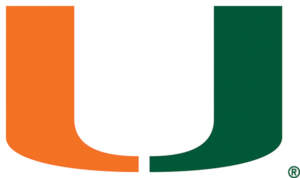 Miami (Fla.)
Miami (Fla.)  North Carolina
North Carolina 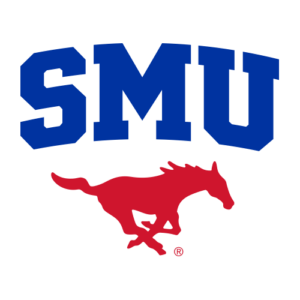 SMU
SMU  Boston College
Boston College  Duke
Duke  NC State
NC State  SMU
SMU 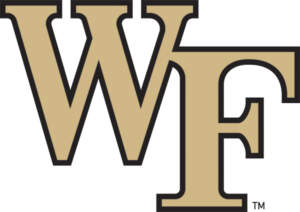 Wake Forest
Wake Forest 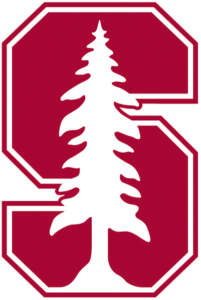 Stanford
Stanford 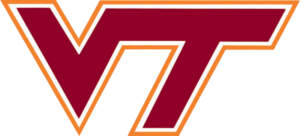 Virginia Tech
Virginia Tech  Virginia
Virginia 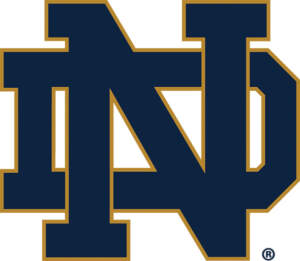 Notre Dame
Notre Dame 
